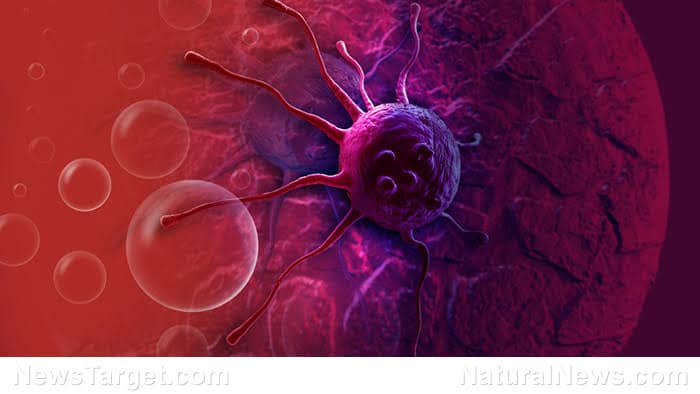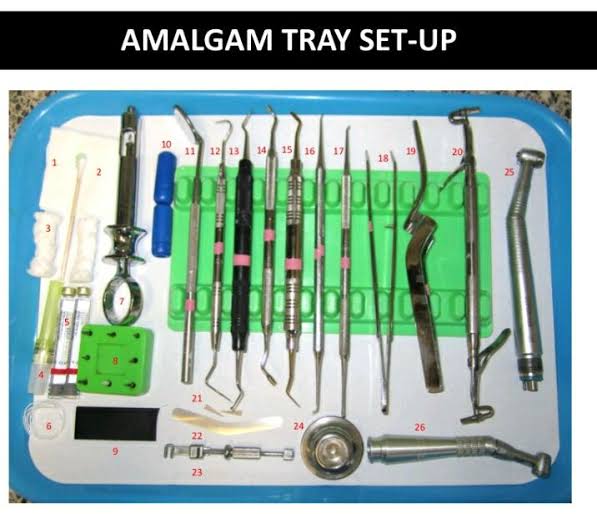A tumor literally means swelling of tissue. A Neoplasm is strictly defined as an uncoordinated proliferation of tissues, the growth of which persists in an unlimited fashion, even after the removal of the stimulus that causes the change.
The term Neoplasm is a Greek word which means Noes-New, plasma-tissue
The term Neoplasm is a Greek word which means Noes-New, plasma-tissue
Types of Neoplasm
A benign tumor
- Slow growing
- Encapsulated
- Margin well defined
- Do not spread to other organs than that direct extension
- Benign tumors which arise from both epithelial and connective tissue are usually referred to with a name and a phrase called ” Lomas”
Malignant Tumor
- Grow more rapidly
- Margins are I’ll define
- Infiltrate to surrounding tissue
- Malignant tumor of epithelial origin is called ” carcinoma” while that of connective tissue or mesodermal origin are called ” sarcoma”

Malignant Tumor may form metastasis
Metastasis – This means invasiveness to distant organs. This can be by:
- Direct spread
- Via lymphatic
- Via bloodstream
- Through body cavities
Causes of neoplasm
These are sometimes referred to as carcinogenic agents
- Smoking
- Alcohol
- Syphilis
- Nutritional Deficiency
- Sunlight
- Trauma or dental irritation
- Virus e.g epsten bar (E.B) virus
- Premalignant lesion e.g. leucoplakia
- Vitamin deficiency
- Oral sepsis.
Effects of Neoplasm on human
This depends on the site of a tumor
- Obstruction
- Pathological fracture
- Hemorrhage
- Infection
- Fever
- Cachexia (a) Anorexia (b) malabsorption
- Anemia.
Treatment of Neoplasm
- Chemotherapy
- Surgery.
- Radiotherapy
- A combination. For example; both chemotherapy and surgery
Breast Neoplasms
There are many types of breast Neoplasms, which can be divided into the following broad oversimplified categories as a starting point.
- intralobular (epithelial and stromal)
- interlobular
- breast lymphoma
- metastasis to breast
Intralobular and interlobular refer to the terminal duct lobular unit.
Although many of the epithelial lesions/changes listed below are neoplastic, they are best thought of as neoplasms at increased risk and along a continuum with normal breast at one end and invasive carcinoma at the other.
References
- 1. Muttarak M, Lerttumnongtum P, Chaiwun B et-al. Spectrum of papillary lesions of the breast: clinical, imaging, and pathologic correlation. AJR Am J Roentgenol. 2008;191 (3): 700-7. doi:10.2214/AJR.07.3483 – Pubmed citation
- 2. Kalisher L, Rickert RR, Sharo RJ. Solitary peripheral papilloma of the breast Neoplasm: a radiologic-pathologic correlation of a benign lesion that may mimic breast cancer on mammography. AJR Am J Roentgenol. 1998;171 (3): 605-9. AJR Am J Roentgenol (abstract) – Pubmed citation








